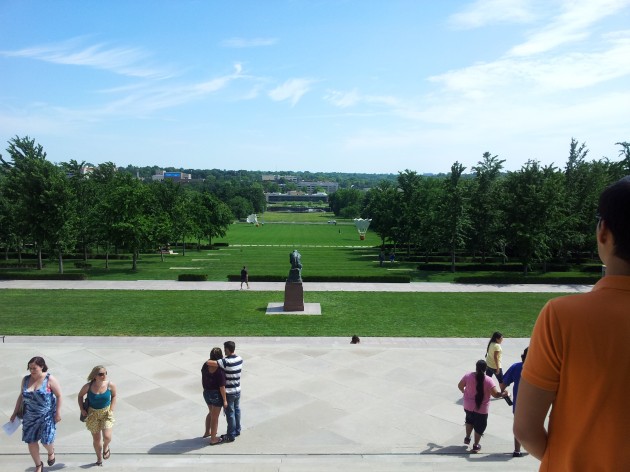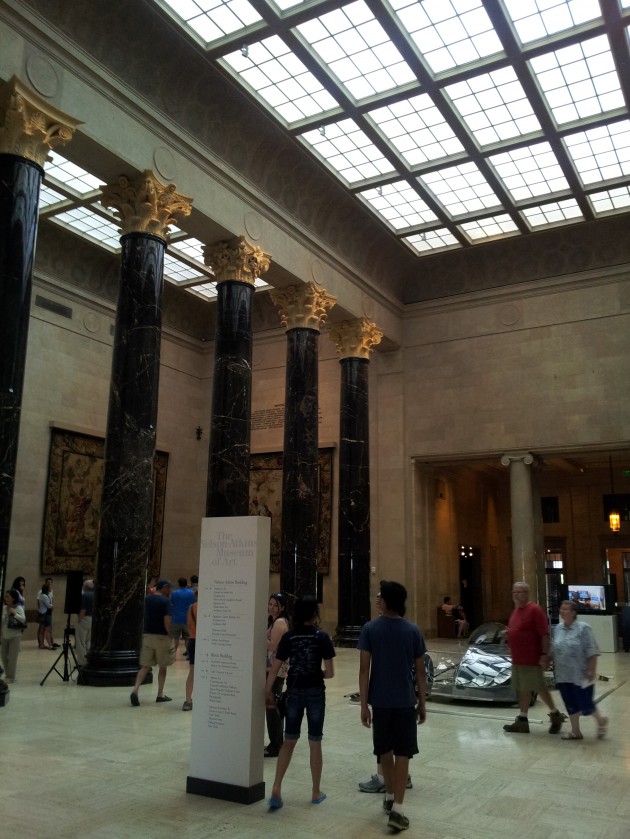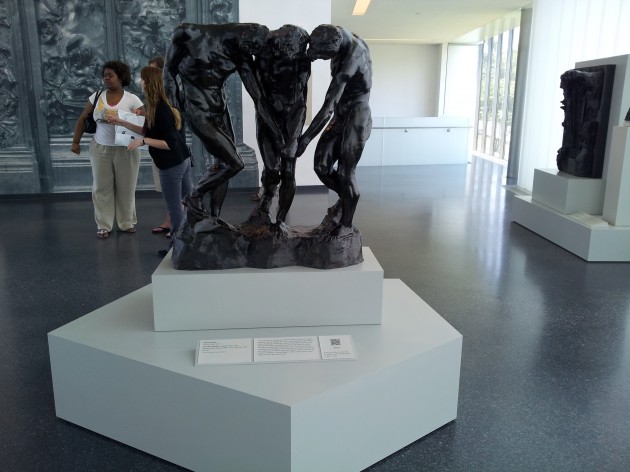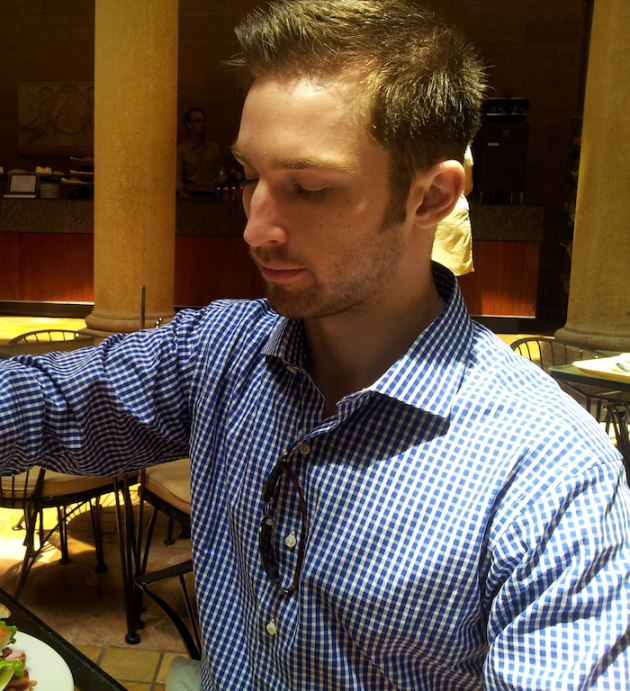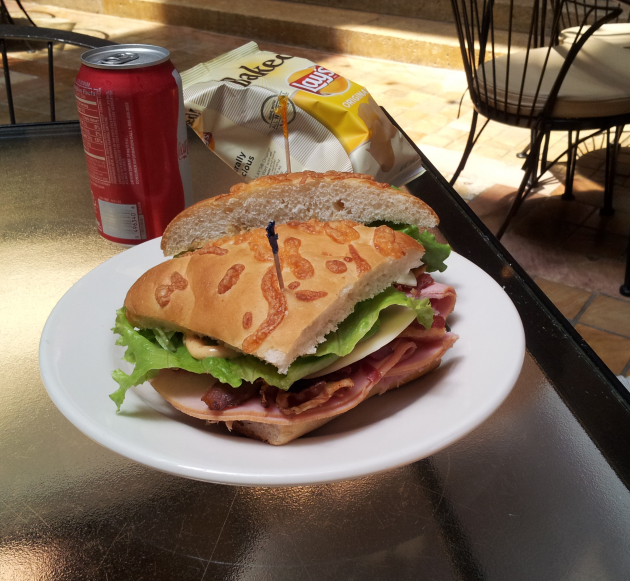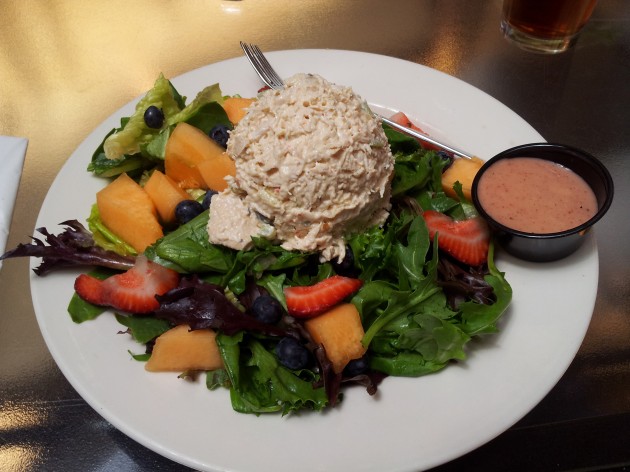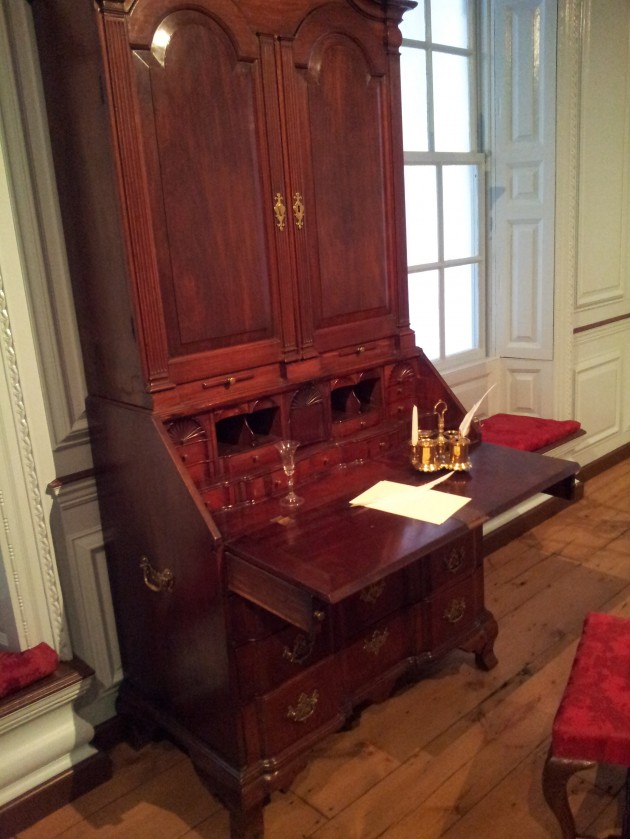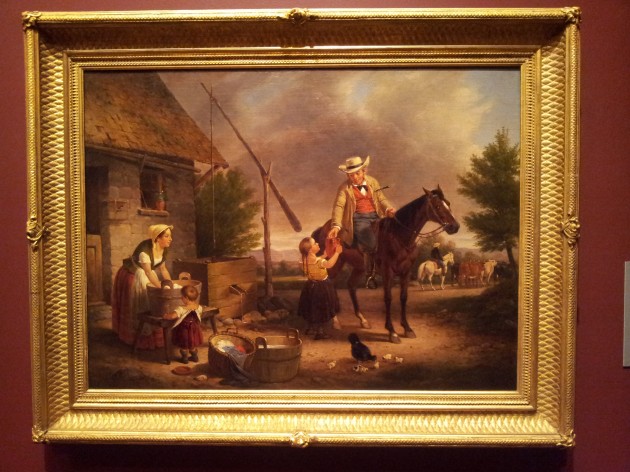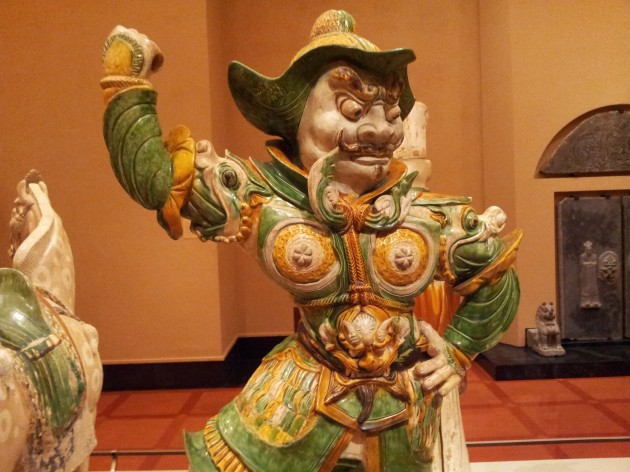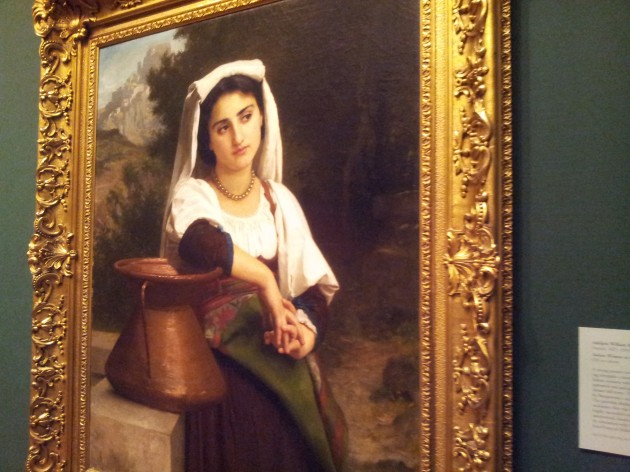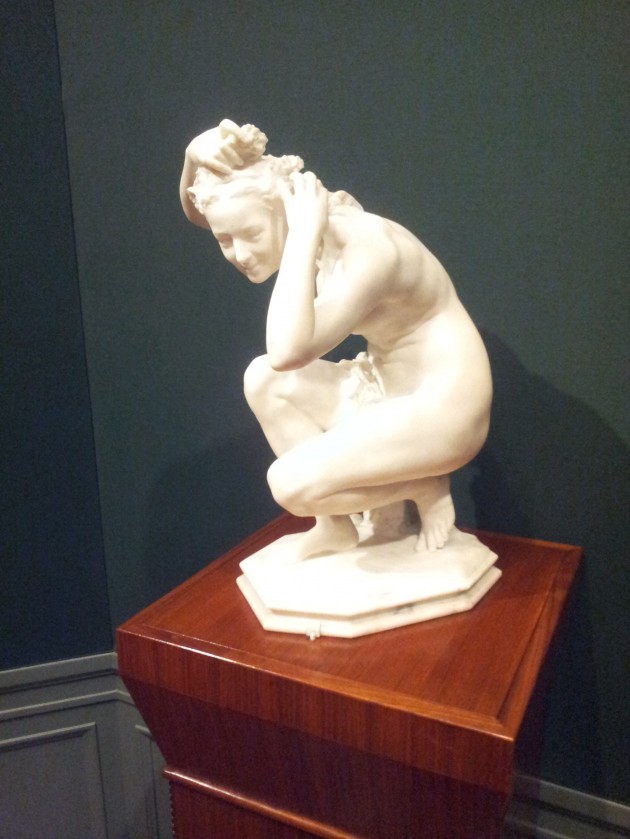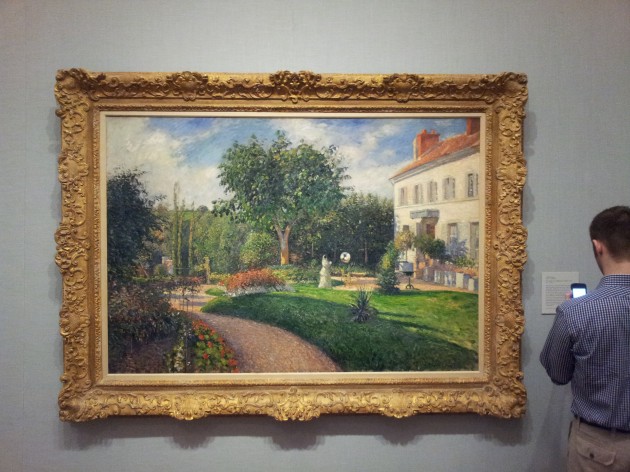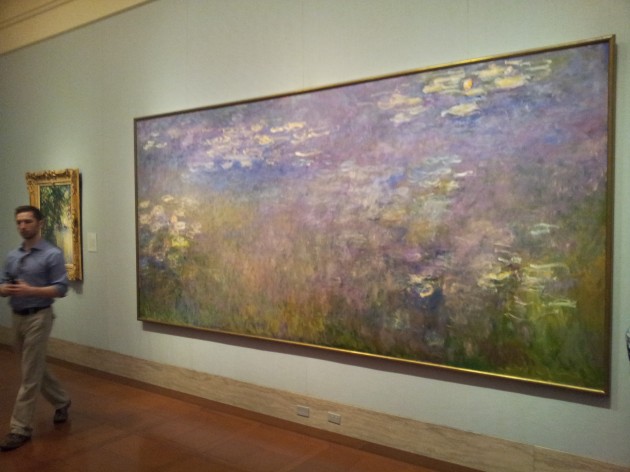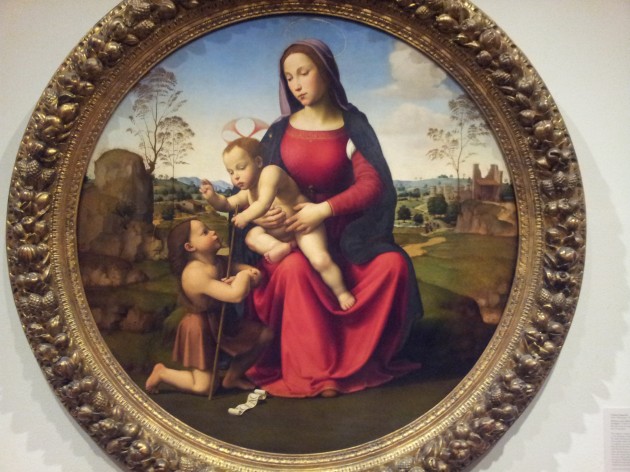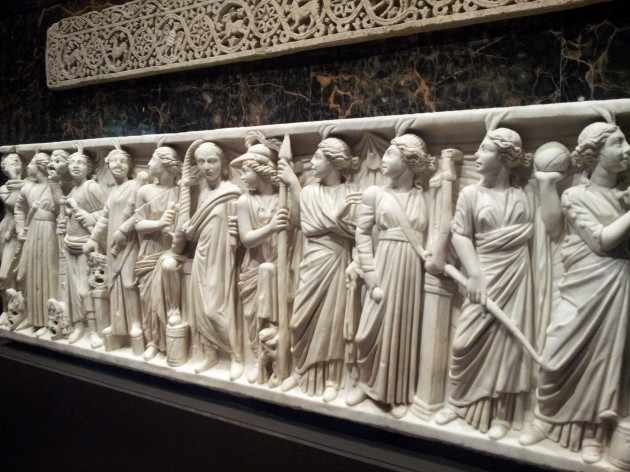I went to the Nelson Atkins Museum of Art in Kansas City to see the new Rodin exhibit with Aaron and Jimmy. You already know Aaron, but Jimmy is a mutual friend from college. I had a fantastic time, especially in the 17th, 18th, and 19th century furniture exhibits, for reasons that will be no surprise to the regular readers of this blog.
[mainbodyad]After having lunch and browsing the paintings, sculptures, furniture, and historical artifacts, we headed over to Hall’s, where I augmented the fragrance collection, and then, later, we had dinner at the famous chicken restaurant, Stroud’s, which I wrote about a couple of years ago.
There are too many pictures from the museum to post, so here are just a handful. Seeing the exhibits just reaffirmed my belief that most of the money successful people earn should go back to society, in the tradition of Andrew Carnegie, John D. Rockefeller, J.P. Morgan, Bill Gates, and Warren Buffett. It is the massive donations provided by thousands of successful families that allow non-profits to secure priceless artifacts, protect them, and leave a history of humanity to be studied and handed down to future generations. This is one of the reasons I love giving money away each year.
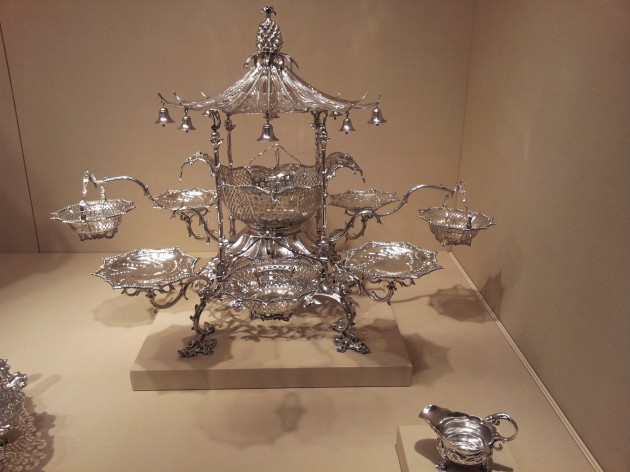
Thomas Pitts I Epergne Silver 1761 Folgers Coffee Silver Collection, a gift from the Procter & Gamble Corporation. I was absolutely in love with this piece. Had it been at auction, I would have bought it for my own home.
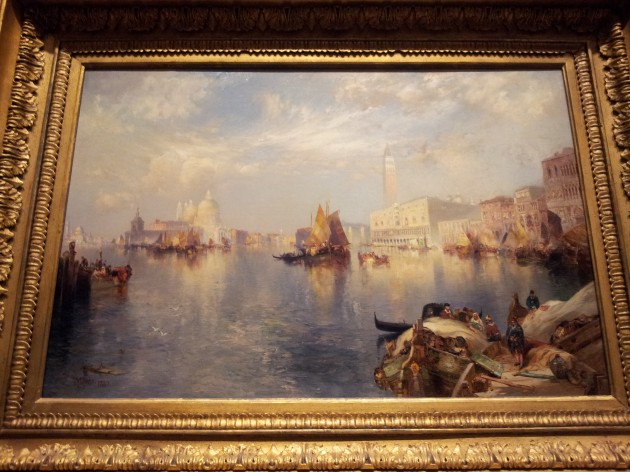
Thomas Moran Venice the Grand Canal with the Doge's Palace 1888 to 1889 Oil on Canvas - I loved this painting.
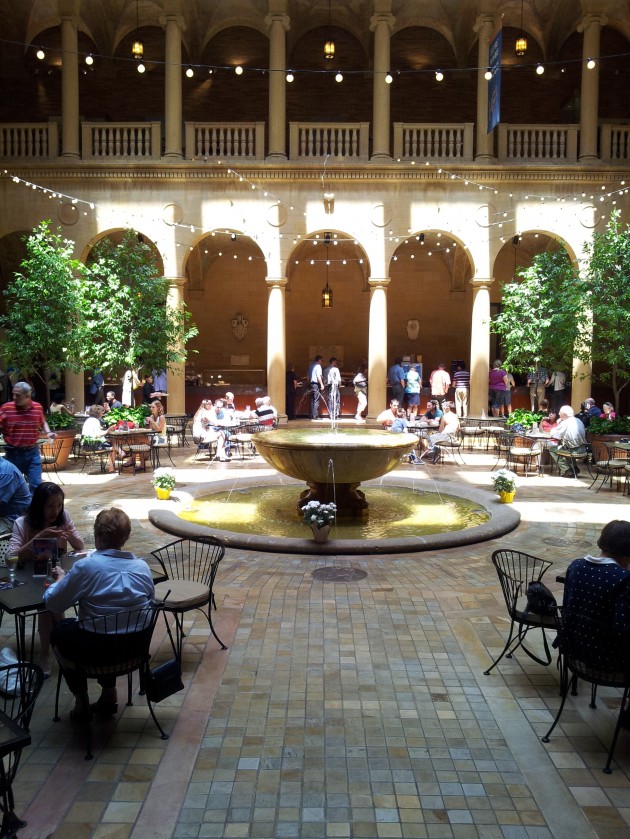
The fountain in the food court was originally the bathtub of one of the Roman Emperors. It was brought over from Italy in 1935 to celebrate the museum's opening.
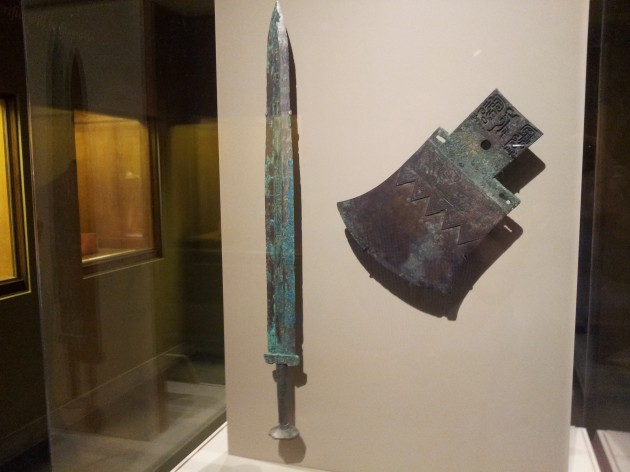
This Chinese sword, from the Warring States Period, is more than 2,400 years old. It was originally cast with a high-copper alloy for the spine and handle to give tensile strength, and a high-tin alloy for a sharp cutting edge. It was accented with turquoise, gold and a silk binding on the hilt that has long since disintegrated. It was considered a luxury item due to the ornamentation and precious metals. It was inscribed with the words, "On the auspicious renwu day, made for righteous use. Pure gold covers the spine. I myself have named it Little X." The axe on the right was used to cut off the heads of condemned prisoners.
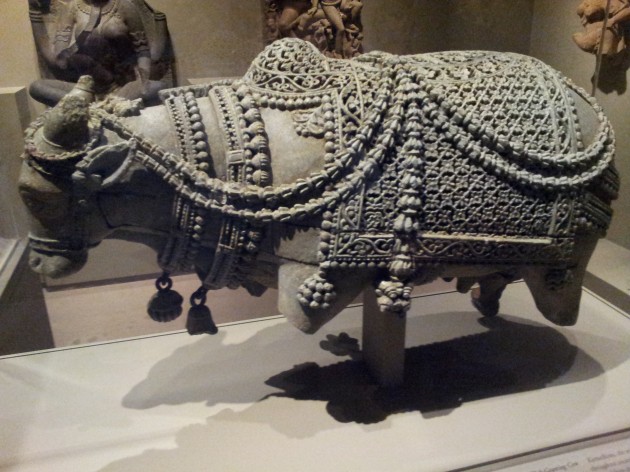
Kamadhenu, the wish-granting mother of all cows, was venerated throughout ancient India. Kamadhenu is one of the 14 precious items churned from the cosmic ocean of milk by Vishnu at the beginning of time. Kamadhenu is also associated with the gods Krishna and Shiva. In South India, tradition states that she took up residence in one of Shiva's temples there, where she still fulfills requests. A very unusual feature of this sculpture is that it is hollow, with an excavated channel running thorugh the four hollow udders. It appears that this cow was intended to literally offer Kamadhenu's purifying milk, suggeting a unique ritual use. - Official museum description of item.
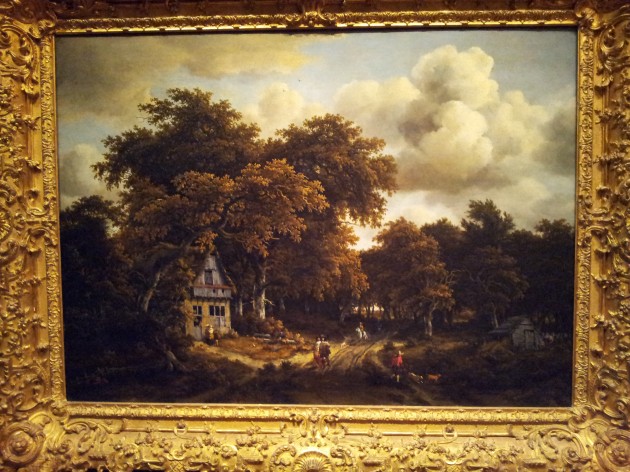
Road in the Woods by Meindert Hobbema Dutch Painter Oil on Canvas 1670s. It is insane to me to think this painting is almost 350 years old.
It was an enjoyable day. I need to come back with my family members sometime this week.
[mainbodyad]




